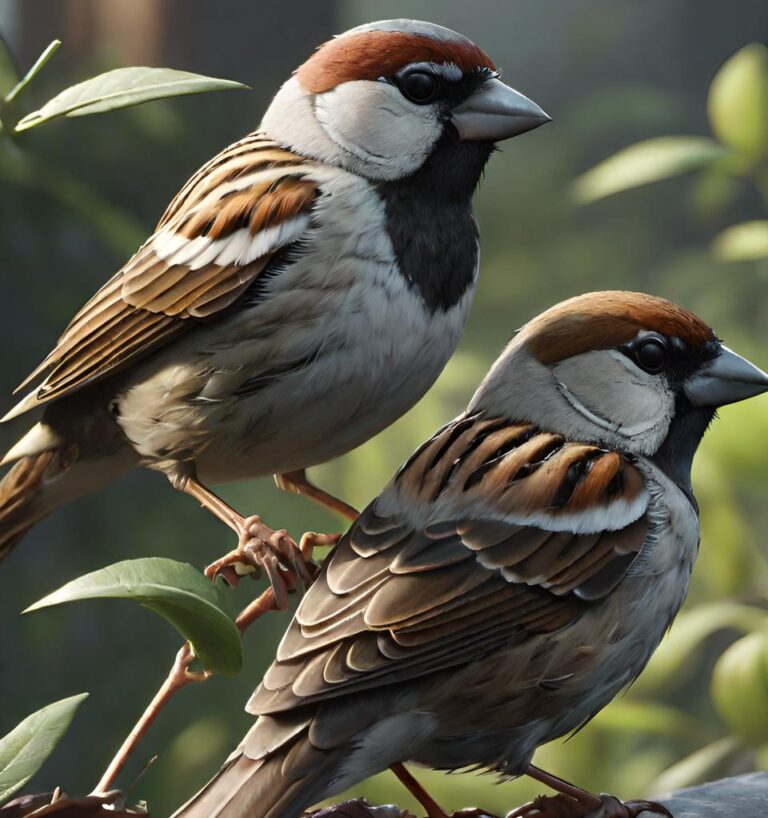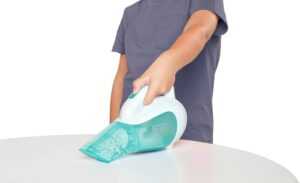Spring is a time of renewal, but for some of us, it can also mean dealing with unwanted guests. No, I’m not talking about nosy neighbors or in-laws. I’m talking about house sparrows – those pesky little birds that just can’t seem to resist nesting in our retractable awnings.
Just ask the awning company that I called recently. This spring, they will be replacing our current awning, which was destroyed by these persistent birds. Determined to prevent the same thing from happening again, I reached out to the owner for advice. To my disappointment, he replied, “Darned if I know. We can’t stop them from nesting in the awnings in front of our store.”
Feeling a bit deflated, I pressed on and asked the owner about some popular deterrent methods. I mentioned plastic spikes, metallic streamers, decoys, and sprays. However, his response shattered my hopes once again. He informed me that none of these methods are effective in deterring house sparrows.
So, what’s a frustrated homeowner to do? Is there any hope of keeping these persistent birds away from our awnings? Well, fear not! I did some research and found a few strategies that have actually worked for others:
1. Limit access to potential nesting sites: Before the birds even think about making a home in your awning, make sure to seal off any openings or gaps where they can gain access. Inspect your awning thoroughly and patch up any holes or loose areas.
2. Install a motion-activated sprinkler: House sparrows are known to be skittish creatures, so a sudden blast of water can startle them and encourage them to search for a less hostile nesting site. Just be sure to adjust the sensitivity of the sprinkler to avoid unnecessary water wastage.
3. Experiment with bird repellent gel: While the awning owner claimed that sprays are ineffective, there have been reports of success with bird repellent gels. These gels create a sticky surface that birds find unpleasant to land on, effectively discouraging them from nesting in the area. Apply the gel along the edges of your awning and watch the birds seek friendlier accommodations.
4. Seek professional assistance: If all else fails, it might be time to call in the big guns – professional bird control services. These experts are equipped with a range of specialized techniques and tools to deter birds from nesting and causing havoc. Consider consulting with them to find the best solution for your specific situation.
Remember, prevention is key when dealing with house sparrows. By taking proactive measures, you can save yourself the hassle of constantly cleaning up after these persistent avian intruders. After all, who wants to deal with a front door covered in bird droppings?
So don’t let the nesting habits of house sparrows ruin your spring. Take action, try out these strategies, and bid farewell to those unwanted guests. Good luck and happy awning maintenance!
Additional Questions and Answers:
Q: How long does it take for house sparrows to build a nest?
A: House sparrows can construct a nest in as little as 1-3 days.
Q: Can house sparrows cause damage to the awning?
A: Yes, house sparrows can cause damage to awnings by dislodging fabric, creating holes, and leaving behind droppings that are difficult to clean.
Q: Are house sparrows protected by law?
A: House sparrows are not protected by federal law in the United States, as they are an introduced species. However, some states may have specific laws protecting native bird species.



